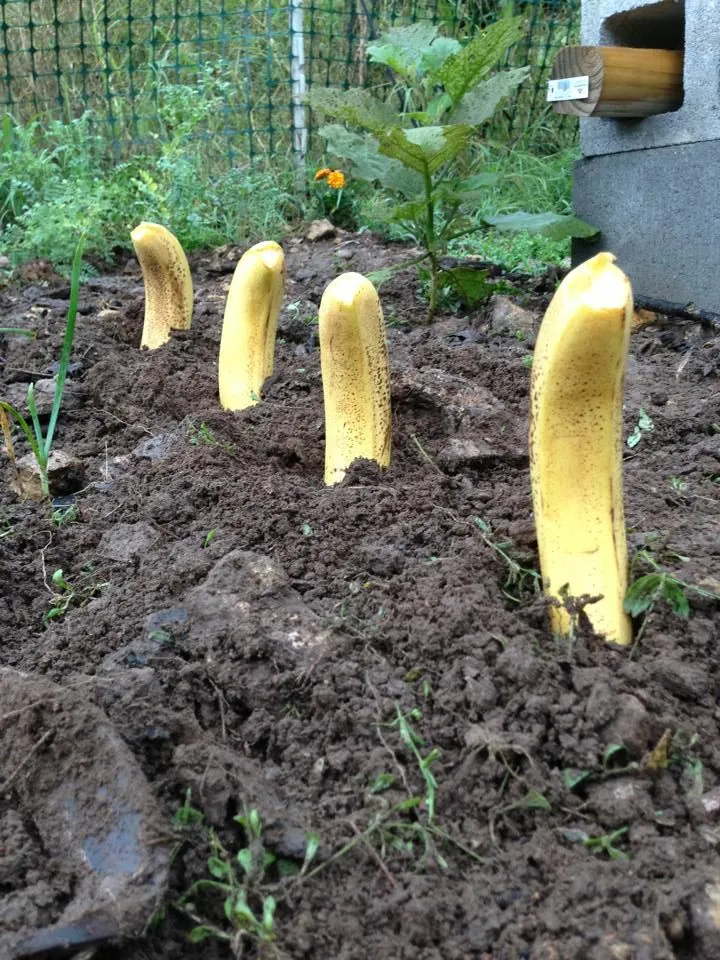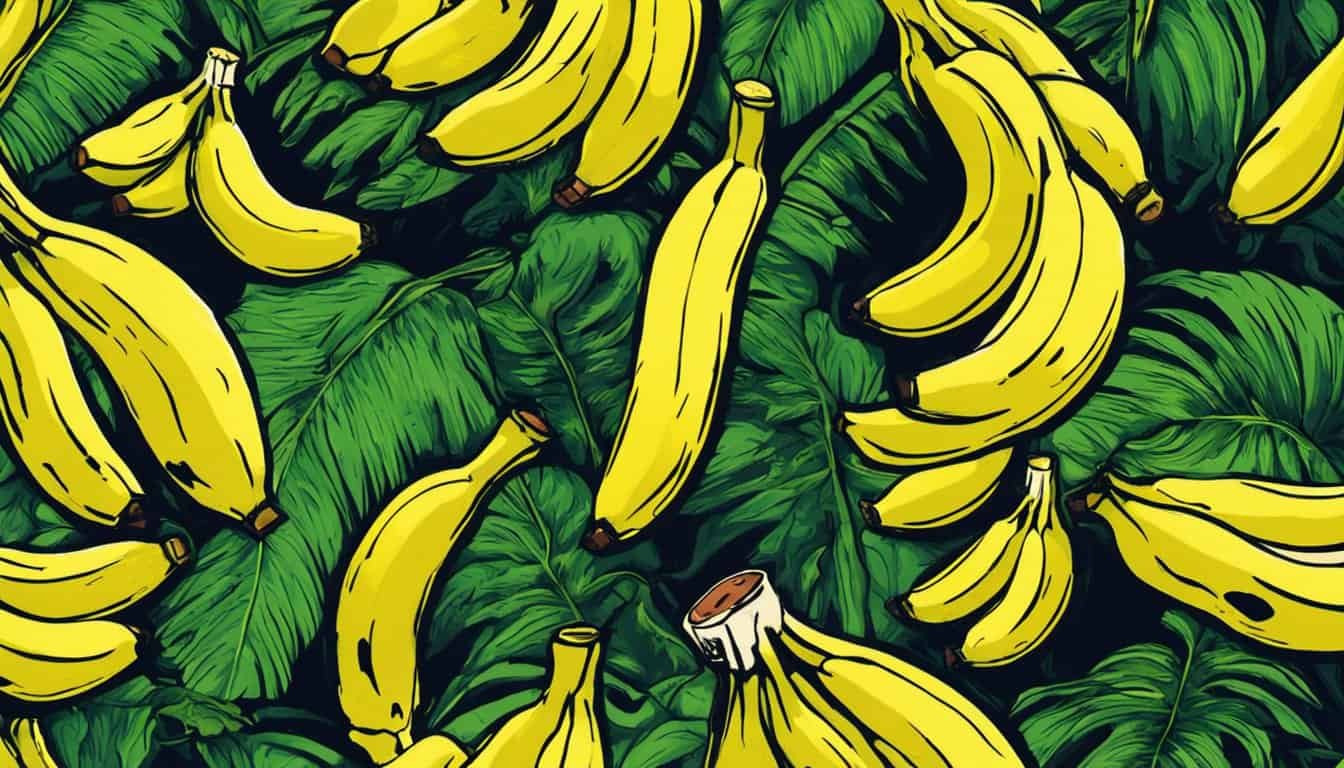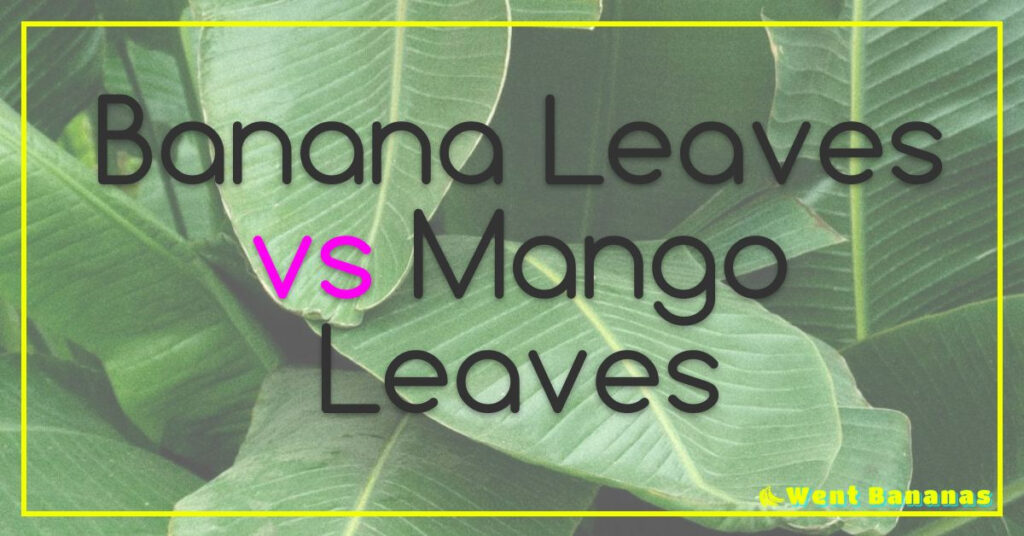Are you a fan of bananas? Have you ever thought about growing your own banana plants right in your backyard garden? If the answer is yes, then this article is for you!

In this article, we will introduce you to banana plants and their benefits, guide you through the proper planting process, take you through the growth and development stages of banana plants, and explore the role of bananas in the ecosystem with their impact on your garden.
Not only that, we will discuss the pros and cons of growing banana plants in your garden, giving you a better understanding of what to expect. So, if you are looking to learn more about what happens when bananas are planted in the garden, grab a seat and let’s dive in!
An Introduction to Banana Plants and Their Benefits.

Banana plants are a fascinating and beneficial addition to any garden or farm. These perennial herbs are native to tropical regions and produce one of the world’s most beloved fruits. However, bananas offer many more benefits beyond their delicious taste.
Firstly, banana plants are excellent for soil health. The leaves of the plant contain high levels of potassium, which is an essential nutrient for plant growth. When the leaves fall off and decompose, they release this potassium into the soil, promoting healthy root development in neighboring plants.
Additionally, banana plants can provide shade and shelter for other crops or animals on a farm. Their large leaves create a canopy-like structure that protects smaller plants from harsh sun rays while also providing a comfortable resting place for animals.
In terms of food production, bananas have numerous benefits as well. They are rich in fiber and vitamins B6 and C, making them an excellent addition to any diet. Bananas also contain antioxidants that can help protect against chronic diseases like heart disease and cancer.
Lastly, banana plants have cultural significance in many parts of the world. In some cultures, they symbolize fertility or prosperity while in others they are used in traditional medicine practices.
Overall, banana plants offer numerous benefits beyond just their tasty fruit. From improving soil health to providing shade and shelter on farms to offering important nutrients for our diets – these remarkable perennial herbs deserve recognition as an essential part of our agricultural landscape!
How do I properly plant banana plants in a garden?
Bananas are a beloved fruit that can also add a tropical touch to any garden. Properly planting banana plants is crucial for ensuring their health and longevity in your garden.
First, choose a sunny location with well-draining soil. Bananas thrive in warm temperatures and require at least six hours of direct sunlight per day. The soil should also be nutrient-rich and well-draining to avoid waterlogged roots.
Next, dig a hole twice the size of the plant’s root ball and fill it with compost or organic fertilizer. Gently remove the plant from its container and place it in the hole, making sure it is centered and upright.
After planting, water thoroughly to help settle the soil around the roots. Mulch around the base of the plant to retain moisture and suppress weeds.

It’s important to note that bananas are heavy feeders, requiring regular fertilization throughout their growing season. They also benefit from regular pruning to remove any dead or damaged leaves.
With these tips, you can successfully grow healthy banana plants in your garden and enjoy their delicious fruit for years to come.
What happens during the growth and development of banana plants?
The growth and development of banana plants is a fascinating process that involves several stages. From the emergence of the seedling to the ripening of the fruit, each phase is critical to ensure a healthy and productive plant.
The first stage in banana plant growth is germination. This occurs when the seedling emerges from its seed coat and begins to grow roots and shoots. The young plant requires ample sunlight, water, and nutrients during this stage to establish itself firmly in the soil.
Once established, the banana plant begins its vegetative growth phase, where it produces leaves and stems rapidly. During this time, it requires regular irrigation and fertilization to support its rapid growth.
As the plant matures further, it enters into its reproductive phase, where it produces flowers that eventually develop into fruit. This phase is highly dependent on environmental conditions such as temperature and humidity levels.

« The Ultimate Guide to Safely Cutting Bananas for Your Baby’s First Food
How to Make Delicious Banana Bread with Honey: Step-by-Step Recipe and Expert Tips »
Finally, as the fruit ripens on the tree, it undergoes several changes that result in its characteristic yellow coloration. At this point, harvesting can occur when approximately 75% of fruits have achieved full size but are still green.
Understanding these different stages in banana plant development can help farmers optimize their cultivation practices for maximum yield while ensuring sustainability over long-term production cycles.
The role of bananas in the ecosystem and their impact on the garden are important.
Bananas are a fascinating part of the natural ecosystem, with a variety of impacts on gardens and other environments. While many people may view bananas as just a simple fruit, they have an important role to play in maintaining biodiversity and sustaining healthy ecosystems.
One key benefit of bananas is their ability to attract pollinators, such as bees and butterflies. These insects are essential for fertilizing plants and ensuring that they continue to grow and thrive. Bananas also provide food for a range of animals, including birds, monkeys, and other mammals.
In addition to these important ecological benefits, bananas can also be useful in gardening settings. The composted remains of banana plants can provide valuable nutrients for soil health and plant growth. Some gardeners even use banana peels directly as fertilizer or pest deterrents.
However, it’s important to remember that not all banana cultivation practices are environmentally friendly. Some large-scale commercial operations rely on harmful pesticides or monoculture farming techniques that can damage local ecosystems. It’s crucial for individuals who want to support sustainable banana cultivation practices to seek out organic or fair trade options whenever possible.
Overall, while bananas may seem like an ordinary part of our diets or garden landscapes, they play an incredibly important role in maintaining the health and diversity of our natural world. By learning more about these fascinating fruits and supporting sustainable growing practices whenever possible, we can help ensure their continued impact on the ecosystem for generations to come.
What are the pros and cons of growing banana plants in a garden?
Bananas are a popular fruit that can be easily grown in a garden. However, as with any plant, there are both pros and cons to consider before adding banana plants to your garden.
One of the biggest pros of growing bananas is their ability to produce large quantities of fruit. A single banana plant can produce up to 100 pounds of fruit per year! This can provide a steady supply of fresh bananas for you and your family.

Another advantage is that bananas are relatively low-maintenance plants. They require little pruning or fertilization and are resistant to many pests and diseases.
However, there are also some downsides to growing banana plants. One major con is the amount of space they require. Banana plants can grow quite large, reaching up to 20 feet tall in some cases. This means they may not be suitable for smaller gardens or urban spaces.
Another potential issue is their susceptibility to cold temperatures. Bananas thrive in warm climates and may struggle in areas with colder winters or cooler temperatures at night.
In addition, it’s important to note that bananas don’t always ripen evenly on the plant. This means you may need to harvest them at different times, which can be time-consuming and labor-intensive.
Overall, while there are both pros and cons when it comes to growing bananas in a garden, the benefits often outweigh the drawbacks for those willing to put in the effort required for successful cultivation.
Check out our other articles to find out even more about banana.

Planting banana plants in your garden can be incredibly rewarding. Not only do they provide an abundance of delicious fruit, but they also have a number of environmental benefits such as attracting beneficial insects and providing soil structure. Whether you are looking for a tasty treat or to benefit the garden’s ecosystem, planting banana trees may just be the perfect choice for you! Check out our other articles to find out even more about bananas and how best to plant them in your own garden.










